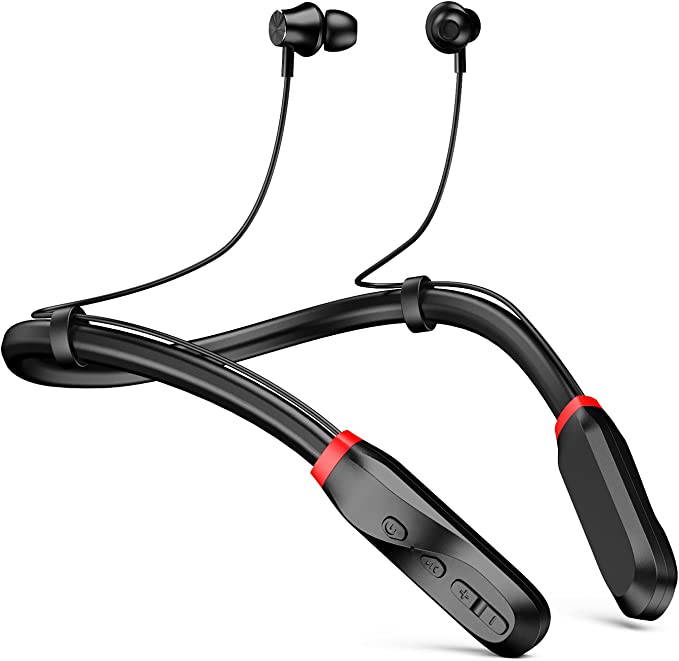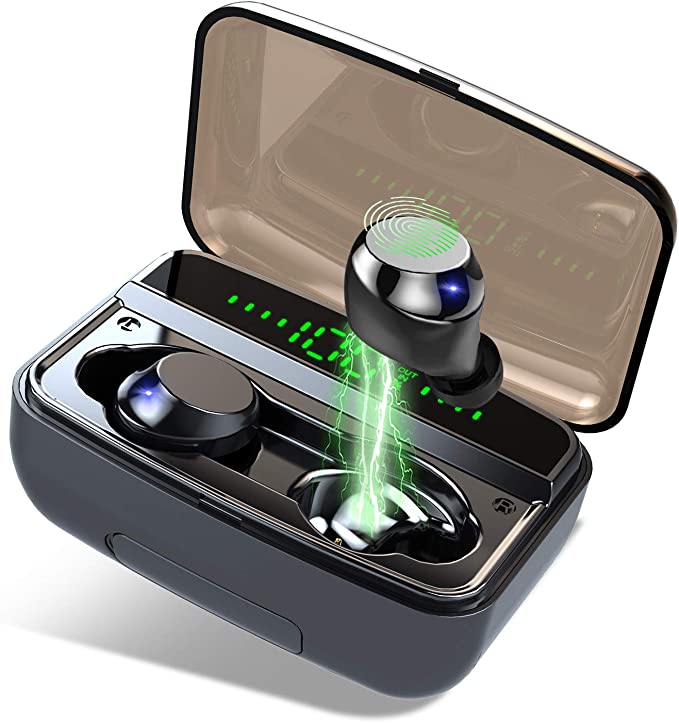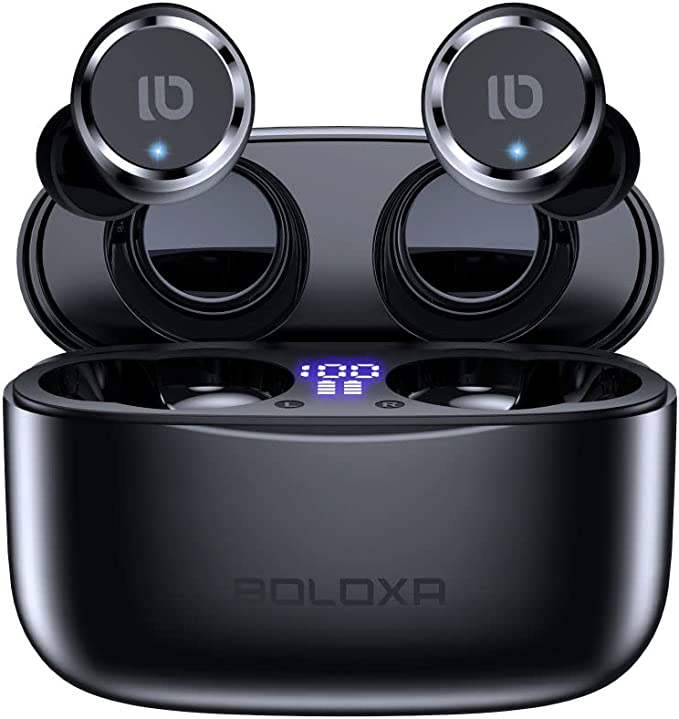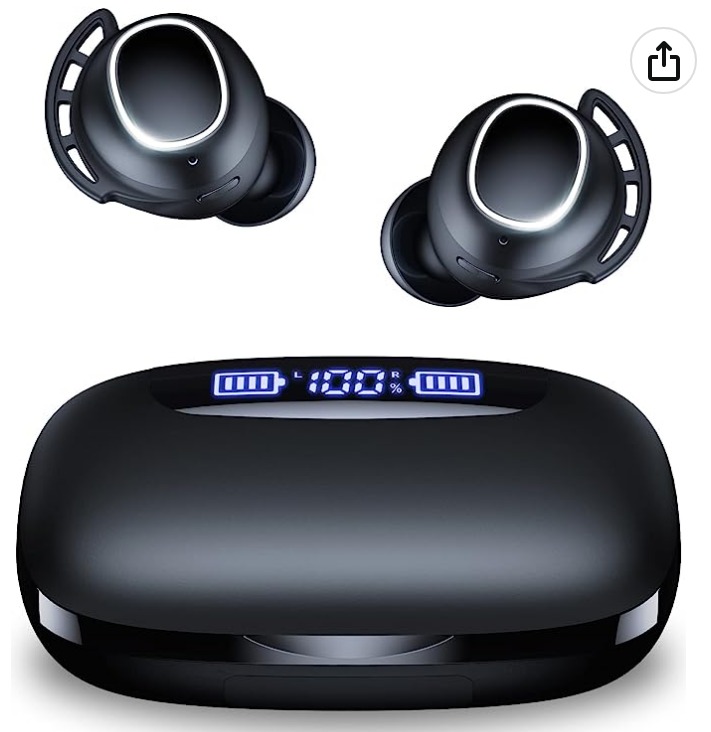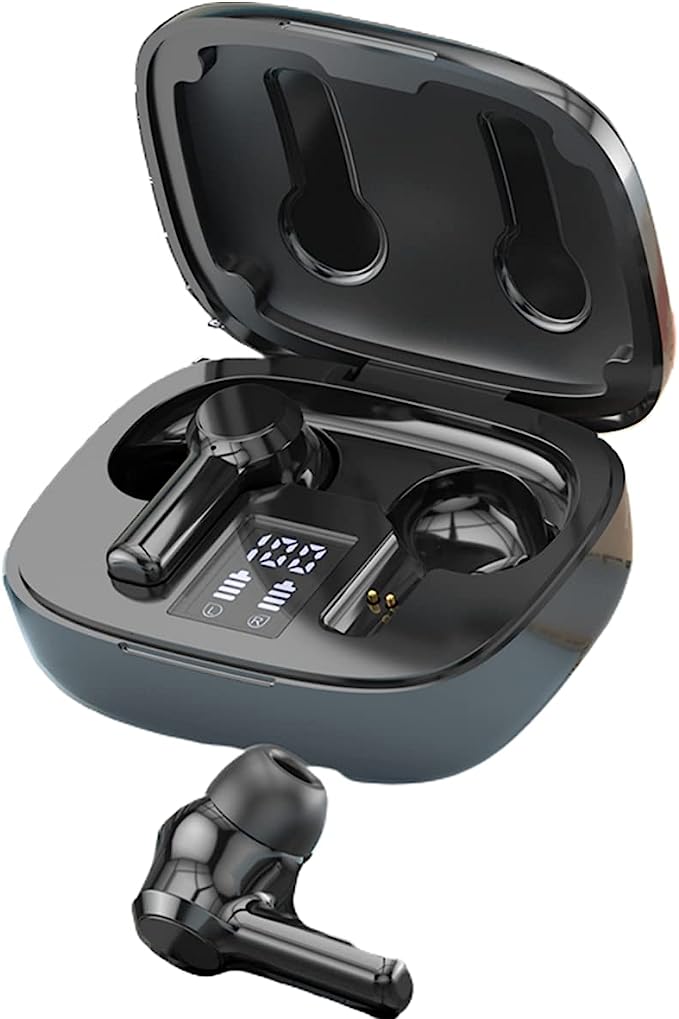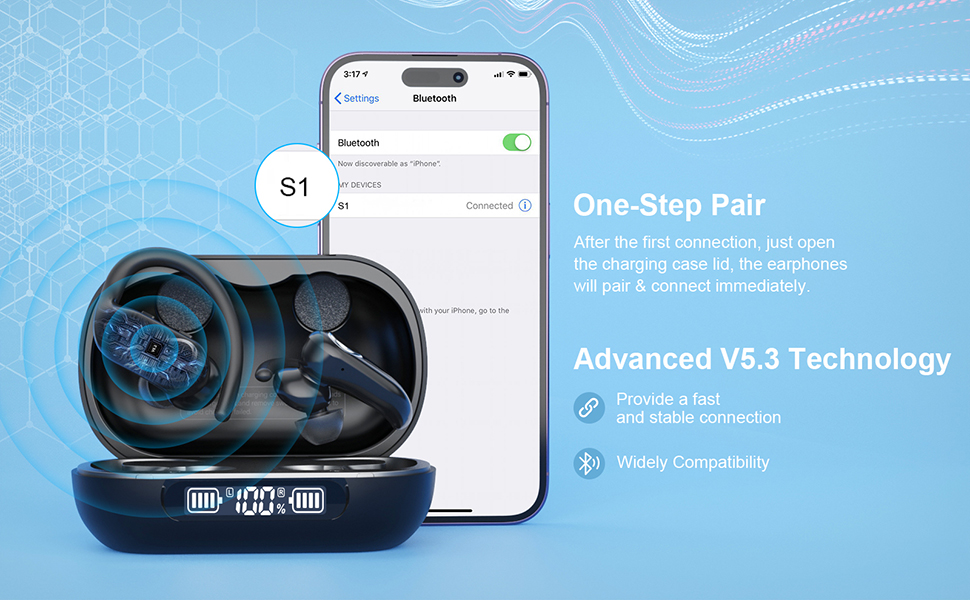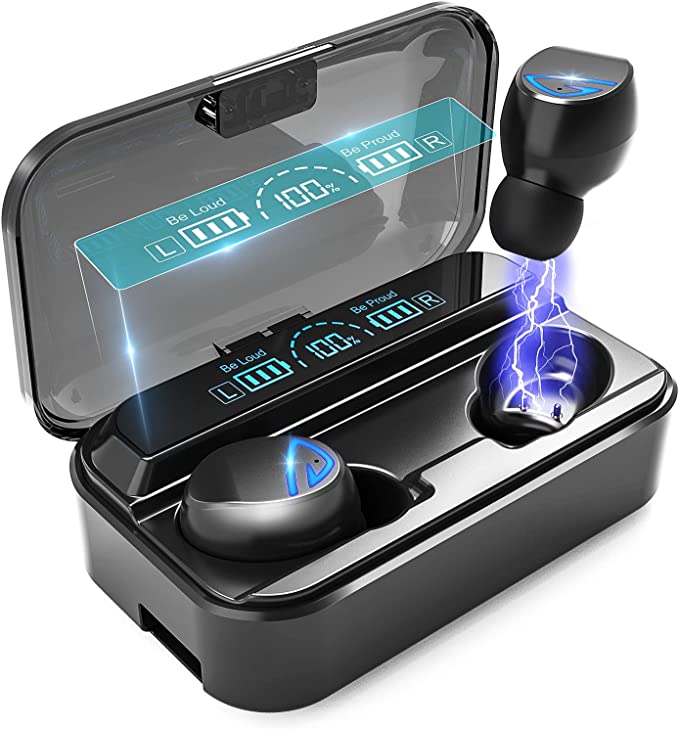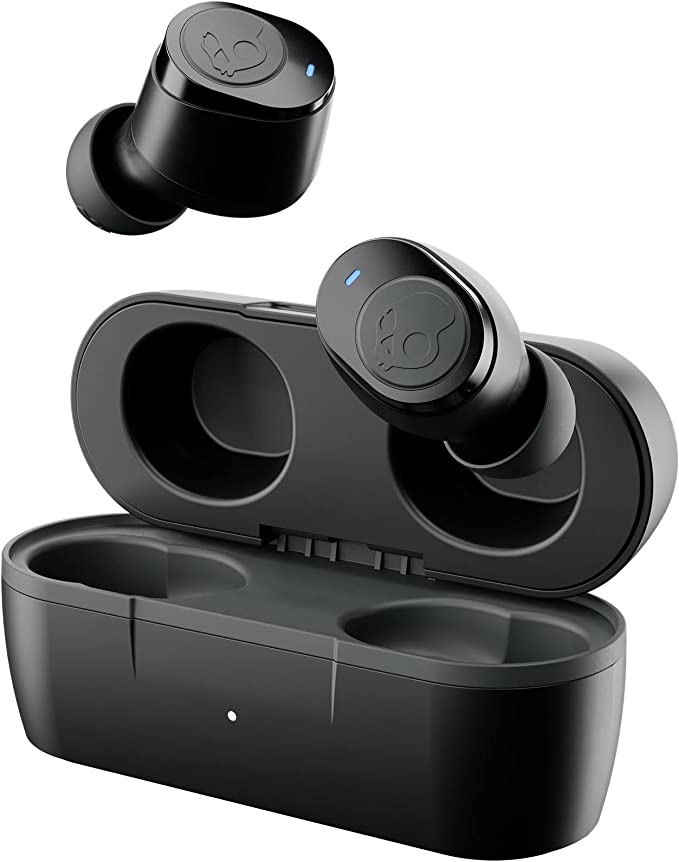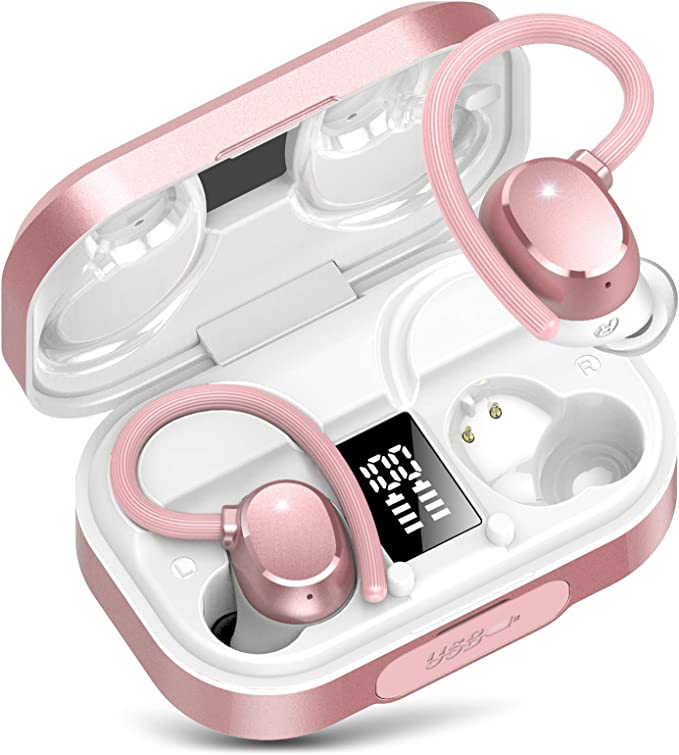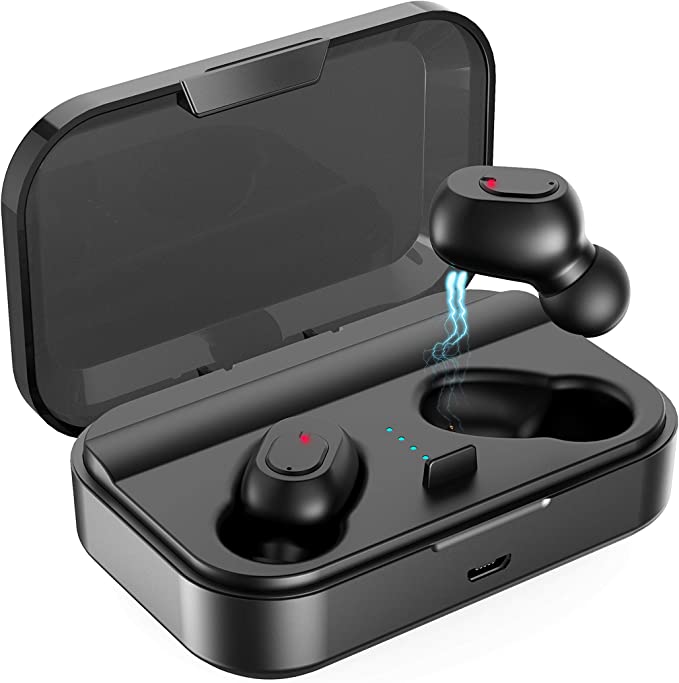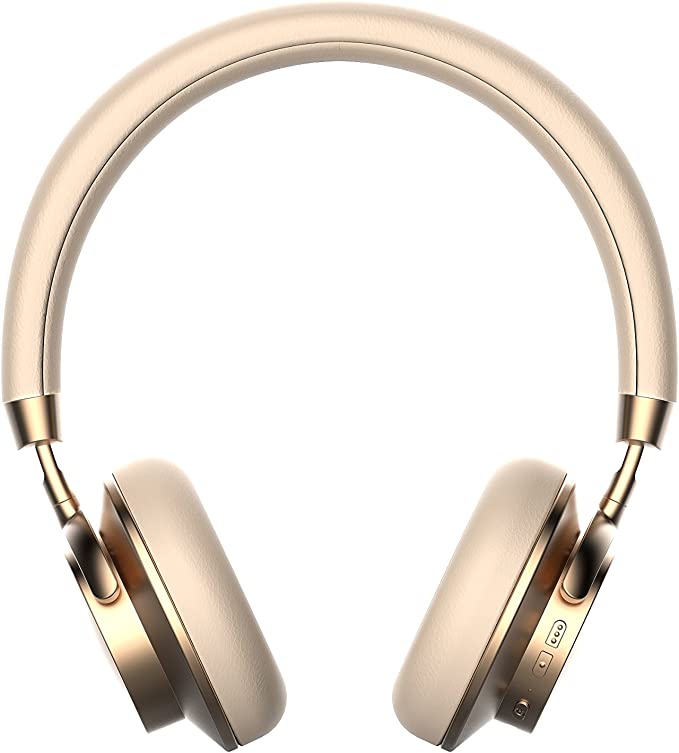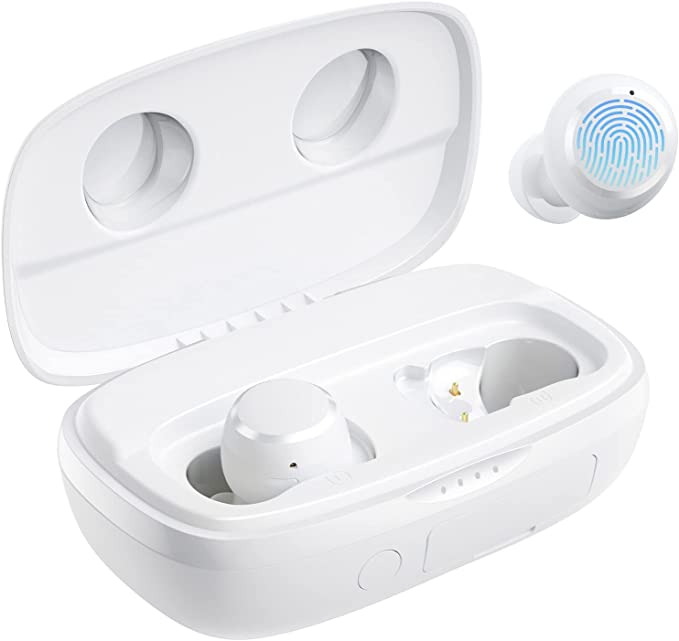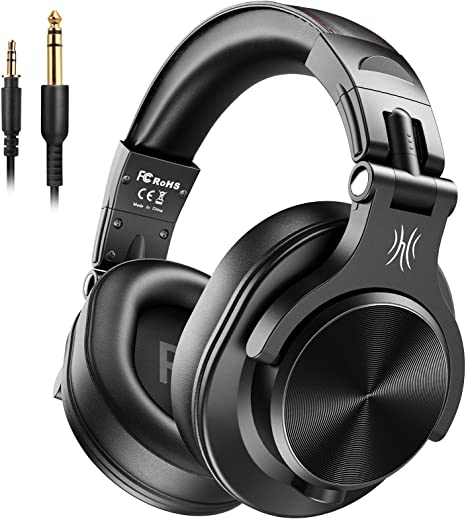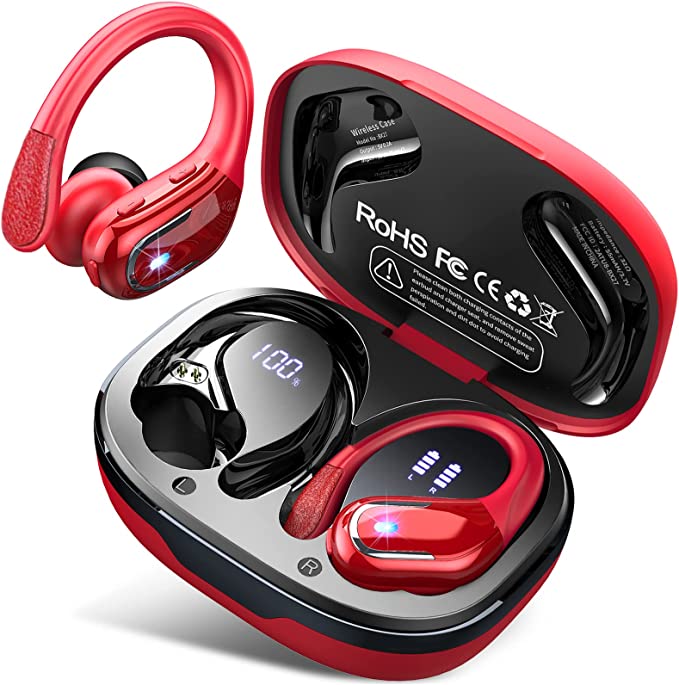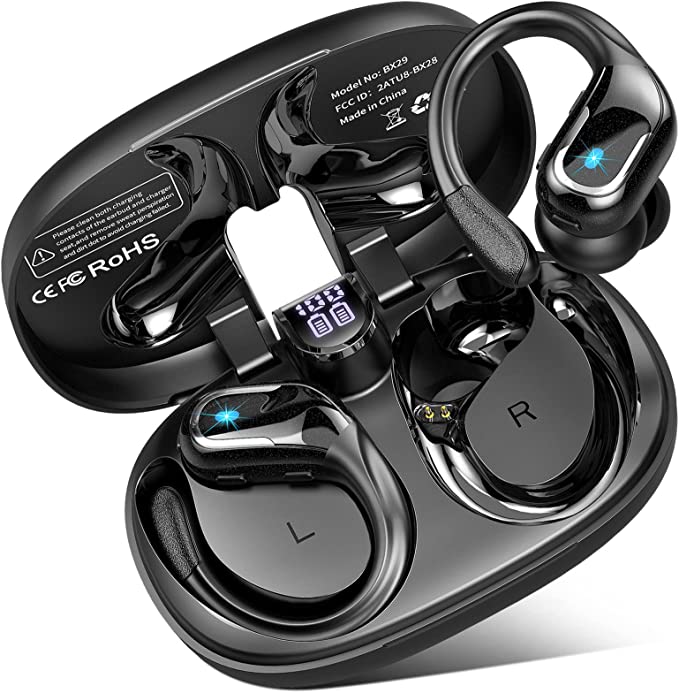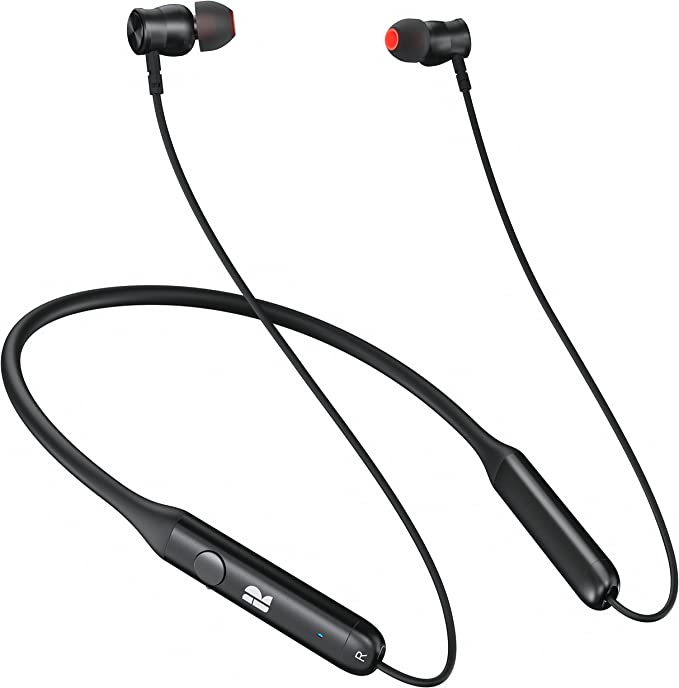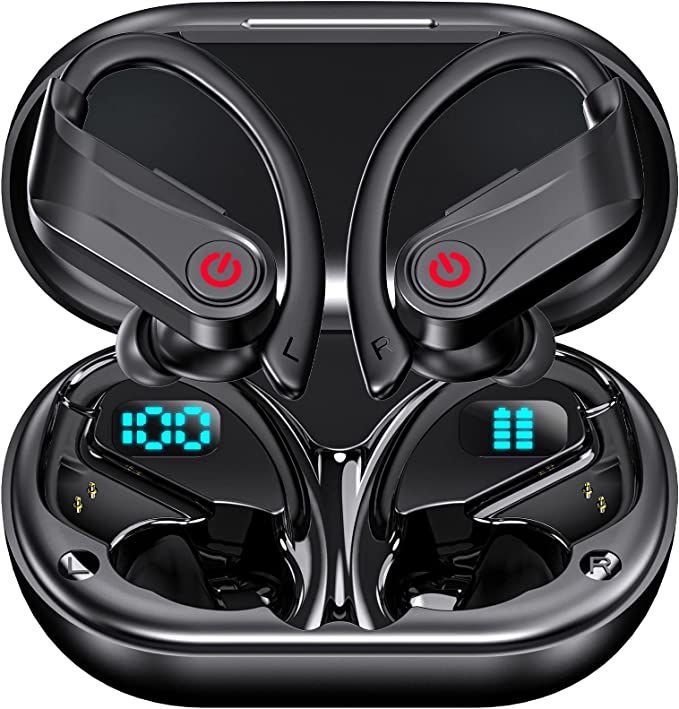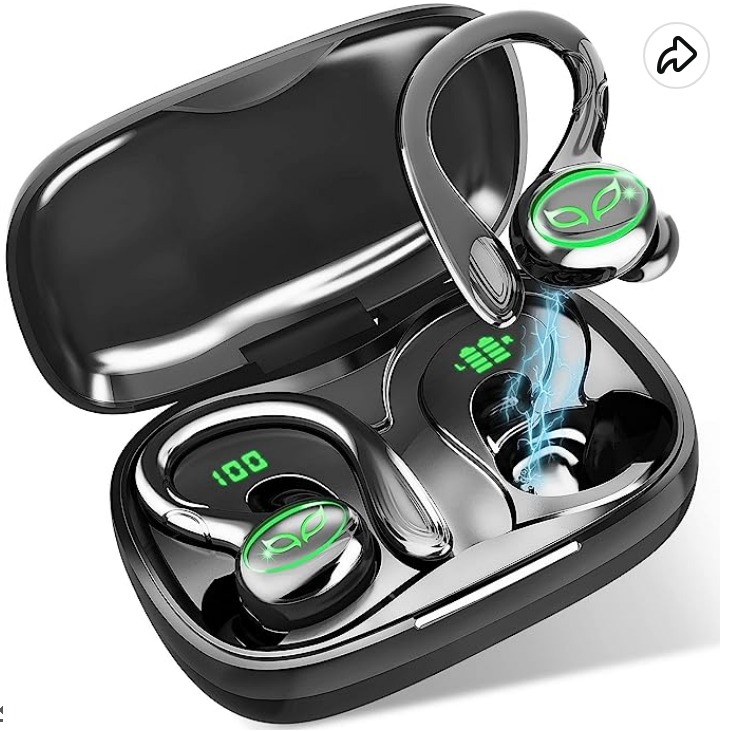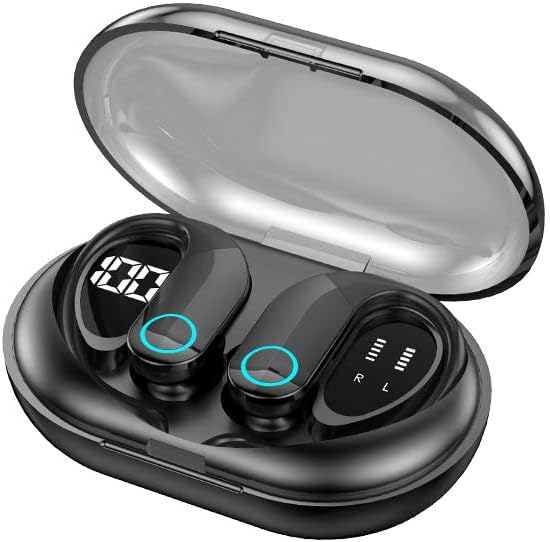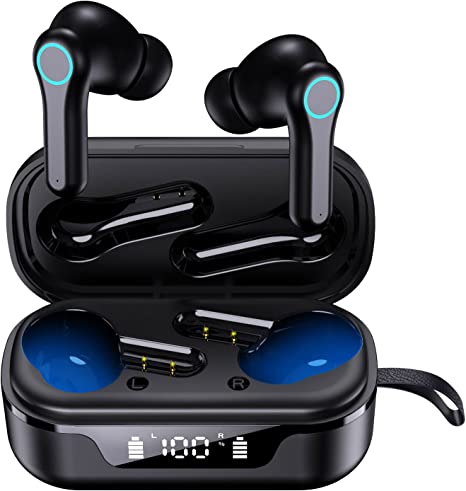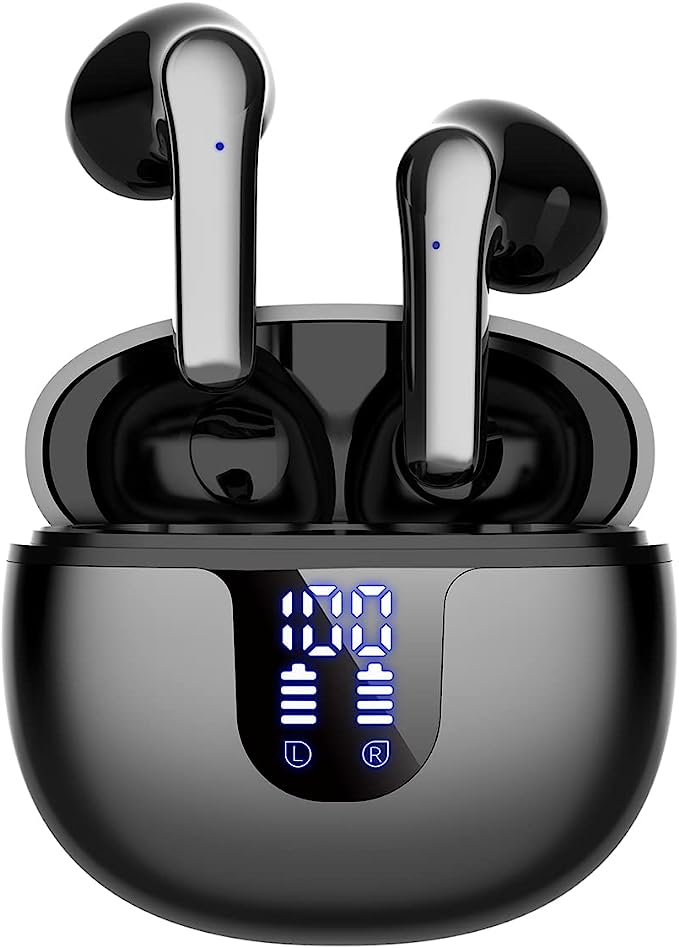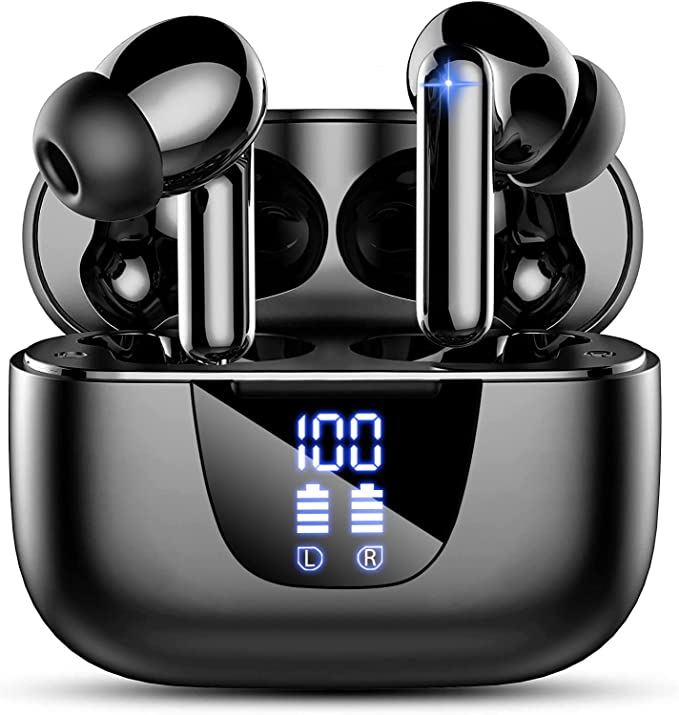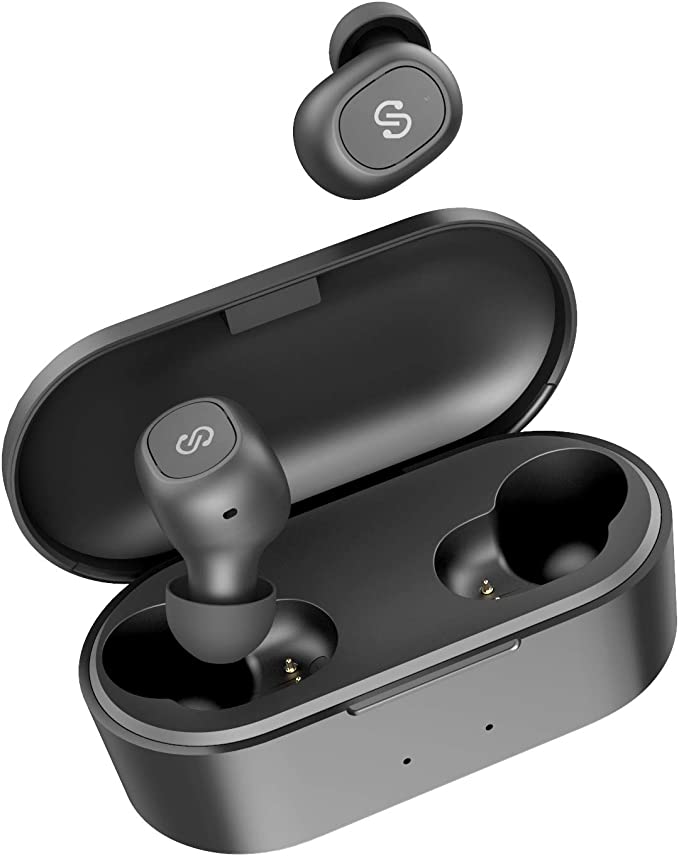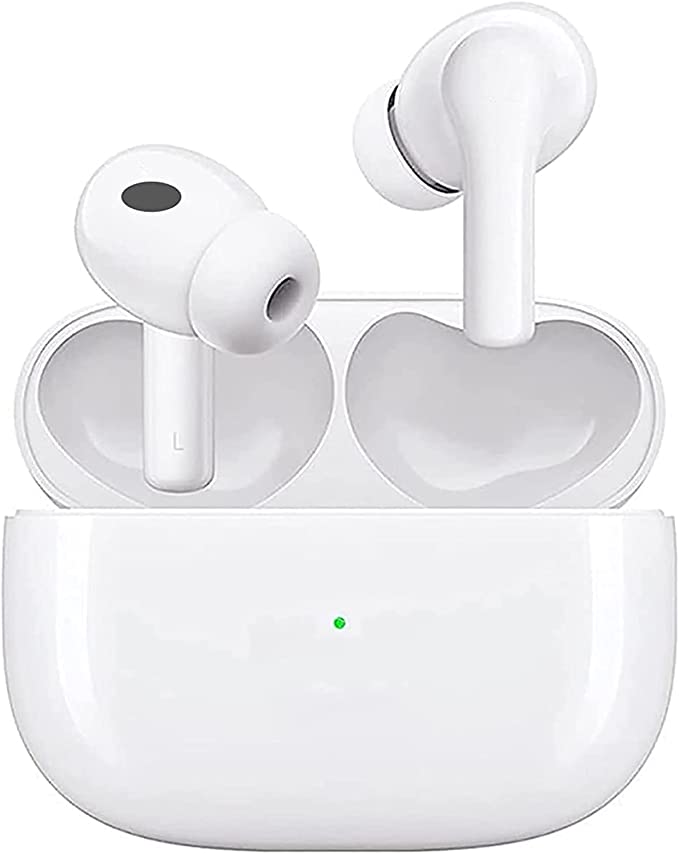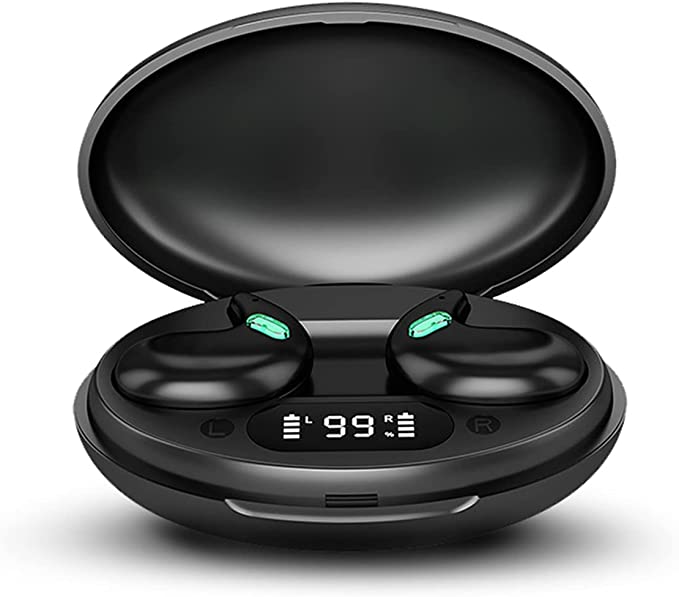Beyond the Price Tag: The Engineering of Reliability in ZBC M35 Wireless Earbuds
Update on Nov. 23, 2025, 8:27 a.m.
In the democratized world of consumer electronics, the gap between “premium” and “functional” is closing faster than ever. It used to be that features like advanced water resistance and stable, long-range connectivity were reserved for flagship devices. Today, they are accessible to everyone.
The ZBC M35 Wireless Earbuds stand as a testament to this shift. Priced aggressively, they don’t just offer audio; they offer utility. To understand why these earbuds are garnering attention, we need to look beyond the golden casing and examine the engineering standards—specifically Bluetooth 5.2 and IPX6—that make them a formidable daily driver.

The Stability Protocol: Bluetooth 5.2
The backbone of any wireless earbud is its connection protocol. The M35 utilizes Bluetooth 5.2, a significant upgrade over the older 4.2 and 5.0 standards found in many budget alternatives.
Why does 5.2 matter? * Isochronous Channels (ISOC): This feature allows for data to be sent to both earbuds simultaneously and in perfect sync. Older versions often relayed the signal from one bud to the other, causing lag and connection drops. Bluetooth 5.2 creates a robust, invisible wire between your phone and each earbud. * Low Energy Power Control (LEPC): This optimizes signal strength based on distance. If your phone is close, it uses less power; if far, it boosts the signal. This dynamic adjustment is a key factor in squeezing 6 hours of playtime out of the tiny internal batteries.

Vocal Clarity: De-mystifying CVC 8.0
A common point of confusion for buyers is “Noise Cancellation.” The ZBC M35 features CVC 8.0 (Clear Voice Capture). It is crucial to understand that this is not Active Noise Cancellation (ANC) for music.
The Engineering Logic:
CVC 8.0 is a suite of algorithms designed for the microphone. It effectively acts as a filter. When you speak, the algorithm analyzes the waveform, identifying and suppressing steady-state background noise (like wind or traffic hum) while boosting the frequencies of human speech.
* The Result: You don’t hear less noise, but the person you are calling hears you with crystal clarity. This makes the M35 an excellent, low-cost tool for phone calls and Zoom meetings in less-than-ideal environments.

The Physics of Protection: IPX6 Defined
Durability is often a vague promise, but the IPX6 rating is a specific engineering standard. * IPX4: Protects against splashes (light rain/sweat). * IPX6: Protects against powerful water jets.
The M35’s IPX6 rating means it has been tested to withstand 100 liters of water per minute projected through a 12.5mm nozzle.
Real-World Translation: You can run in a torrential downpour. You can wash them off in the sink after a sweaty gym session. While they aren’t designed for swimming (submersion requires IPX7/8), they offer a level of “hydro-confidence” that far exceeds the typical “splash-proof” claims of many competitors.

Energy Density and the 30-Hour Cycle
The charging case is more than a storage box; it is a portable power plant. By utilizing high-density Lithium Polymer cells, the system provides a total of 30 hours of operation.
This “charge cycle” allows for nearly a full work week of use without finding a wall outlet. For the commuter or the forgetful user, this buffer is invaluable. It transforms the earbuds from a gadget that needs constant babying into a reliable tool that is always ready when you are.

Conclusion: The Reliable Companion
The ZBC M35 is not trying to beat audiophile IEMs in soundstage or resolution. It is trying to win the battle of everyday reliability. With a connection that doesn’t drop, a microphone that clarifies your voice, and a shell that laughs at rain, it offers a compelling value proposition. It is the audio equivalent of a rugged, dependable workhorse—ready to perform whenever you pull it from your pocket.

